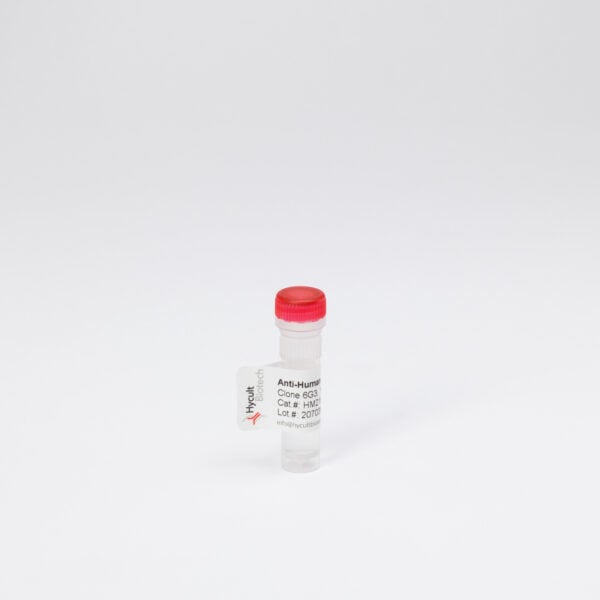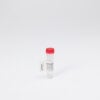SP-B, Pig, pAb
€133.00 – €456.00
The polyclonal antibody recognizes the human surfactant protein B (SP-B). There are four surfactant-specific proteins, designated surfactant protein A (SP-A), SP-B, SP-C and SP-D respectively. SP-A and SP-D are hydrophilic surfactant proteins and are members of the collectin family. SP-B and SP-C are hydrophobic surfactant proteins and may be the most appropriate indicators for the evolutionary origin of surfactant. SP-B is synthesized by the alveolar type II epithelial cells as a 40-42 kD precursor that is subsequently proteolytically processed to 7.8-8 kD. SP-B enhances the spreading and stability of surfactant phospholipids in the alveolus. SP-B is essential for air-breathing in mammals and is therefore largely conserved. SP-B can interact with both phospholipid head groups and fatty chains and is particularly active in enhancing surface active behaviour in endogenous and exogenous lung surfactants. Even low SP-B contents had measurable effects in increasing the adsorption, dynamic surface tension lowering, and/or film respreading of DPPC, mixed synthetic lipids, and column-purified lung surfactant phospholipids. Deficiency of SP-B and other surfactant components is associated with respiratory distress syndrome (RDS) in premature infants and adults with respiratory distress syndrome (ARDS). The polyclonal antibody is raised against pig SP-B from pig lungs which has been reconstituted in micelles of lysophosphatidylcholine. The antibody rescognizes under nonreducing conditions the most prominent forms of SP-B of 8 kD and 22 kD, corresponding to SP-B dimers. The polyclonal antibody is cross reactive with human SP-B.









